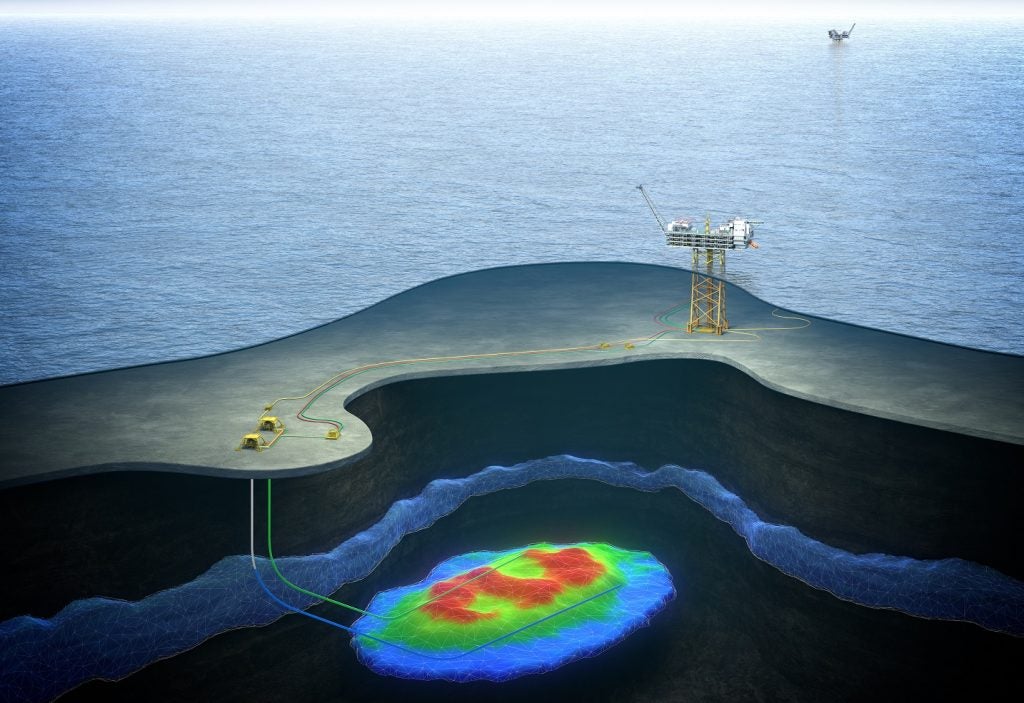
Exploration and production within the oil and gas industry involves some element of risk, particularly as the industry pushes further into remote and challenging locations in its search for new reserves. For this reason, health and safety issues are at the top of the agenda for all major producers. Despite the need to maximise profits, there is no justification for cutting corners when the lives of staff and members of local communities
are at stake.
“You cannot compromise on health and safety,” says Doyle Galloway, HSE manager, at Shell International E&P. “You have to stay true to your core values and what is important to you, both in a business sense and morally.”
Galloway is unashamedly fanatical about health, safety and the environment (HSE), and believes that the only way to keep improving the performance of the oil and gas industry is to keep raising standards.
“I’m a health and safety purist, so I have intentionally set the bar very high, and every time we get near it I raise the bar again,” he explains. “I don’t apologise for that. I think the industry has done well, although we have a very long way to go. There are still unacceptable incidents, injuries and deaths. To me, the loss of one life is too much. No profit justifies that, so we want to truly have a workplace without harm to mind, body or environment. I don’t mind if people call me dramatic. Life and death is a dramatic issue.”
One of the major challenges Galloway faces is to keep raising standards on HSE in a business climate that constantly rises and falls in tandem with fluctuating energy prices and, now, the pressures of the global macro-economic environment.
See Also:
“Some people say the oil industry is either full speed ahead or slamming on the brakes,” he says. “Nevertheless, HSE cannot be compromised. That is one of our highest values. Yes, we must be profitable, just like any other industry, but you should be able to marry both profit and safety. You can never separate the two things.”
How well do you really know your competitors?
Access the most comprehensive Company Profiles on the market, powered by GlobalData. Save hours of research. Gain competitive edge.

Thank you!
Your download email will arrive shortly
Not ready to buy yet? Download a free sample
We are confident about the unique quality of our Company Profiles. However, we want you to make the most beneficial decision for your business, so we offer a free sample that you can download by submitting the below form
By GlobalDataThresholds of risk
Ensuring profitability and high standards of health and safety is easy in principle, but in practice it requires a great deal of hard work to achieve a sustainable balance.
For Shell, the solution is to lay down firm values about HSE, and clear procedures to determine the actions that should be taken to promote health and safety while maximising profitability.
The first step, according to Galloway, is to stay true to the core values of HSE and ensure that these are well defined and understood throughout the company.
“People will always say that safety is one of their core values, but their commitment only shows when times get tough,” he says.
Secondly, Shell determines strict risk tolerability criteria. Risk can never be entirely eliminated in upstream activities, simply because of the nature of the business and, in some cases, the environments in which E&P operations must take place. The key, therefore, is to decide what level of risk is acceptable to the business and the people it employs.
“We all accept some level of risk in our lives – when we cross the street or get in a car, for example – but the lines must be very well defined,” says Galloway. “Once they are, then no matter what happens we will not go below that line.”
The third vital element in determining HSE policy is the ‘as low as reasonably practical’, or ALARP, principle. This determines the company’s activities regarding maximising profitability and managing risk, without ever going below the threshold of acceptable risk. Putting these three principles in place is one thing, but unless they are fully understood by everyone whose activities could affect them, then they are irrelevant.
“We strive for those principles, but we must communicate those messages within the company, educate people around the principles that must be learnt and which are not necessarily inherent in the way humans behave,” says Galloway. “We have the tools and techniques to analyse risk, but the right skills must still be learnt and then reinforced over time. An important part of our work as HSE professionals is to teach those skills, and to put mirrors up in front of people so that they can examine their behaviour.”
Ongoing battle for HSE
No matter how successful Galloway and his colleagues are, he will never ease up on his efforts to champion HSE, not only within Shell, but also in the industry as a whole. Galloway feels that no one can allow themselves to believe that the battle is won.
Fighting that battle means helping operational managers to recognise risks as they emerge and take action, which often requires courage on their part. After all, it means sometimes telling senior management what they would rather not hear in terms of operational efficiency.
“We must work harder to ensure the balance between profit, operational efficiencies and HSE as the industry moves into harsher and more remote locations – even in established locations,” he says. “There is a risk that the industry might try to do too much, too fast. Management must have the courage to speak up and say ‘slow down’.”
To give these managers the confidence to make the right calls on HSE risks, a company must have a clear formula for assessing risk and the right processes to raise concerns. A lack of clarity will either mean too many false issues being raised, or important risks being overlooked. There is a need for consistency and willingness in the culture of a company to prioritise HSE and, therefore, heed the warnings raised by operational managers.
“I’ve found in Shell that upper management is open to that message and wants to hear about HSE risks when they are real,” says Galloway. “You can’t cry wolf on health and safety issues, otherwise management will not hear the message. The challenge is trying to get people to speak up in an industry that is known for having a ‘can do’ attitude. People want to deliver, that is the culture in this industry. You need clear criteria to make that call, so we have to focus on education, communication and reinforcement of our core values and risk criteria.”
Right attitude to HSE
It is evident that Shell’s approach reflects a culture in which people are prioritised. This filters down to the company’s proactive approach to inspection, repair and maintenance. In the past, the industry’s emphasis may have been on developing well-defined processes for ensuring the efficient and cost-effective operation of equipment, but increasingly there is an understanding that people’s behaviour should also be subject to
scrutiny.
“There is an old saying that I have come to understand more as I get older: ‘people do what you inspect, not what you expect’,” says Galloway. “If you inspect what people do, then they will be more diligent in the meeting the standards you set.”
With all these measures in place, there is one further element that Galloway insists is top priority – without it, everything else will fail.
“The most important thing in getting HSE right is to have the right leadership,” he says. “Everything hinges on that, no matter how many people you have on HSE or how many dollars you spend. You need leaders in the business who are committed to health and safety, then you can win before you even start. HSE is not just about processes or programmes. It must be about leadership. I work for a company where HSE matters to the leadership, and that allows me to champion health and safety within the industry.”




